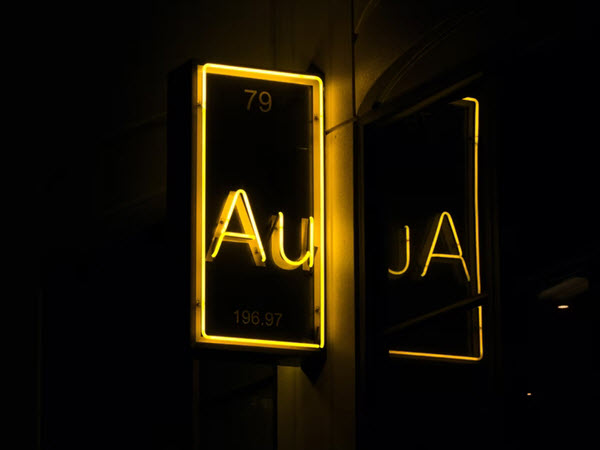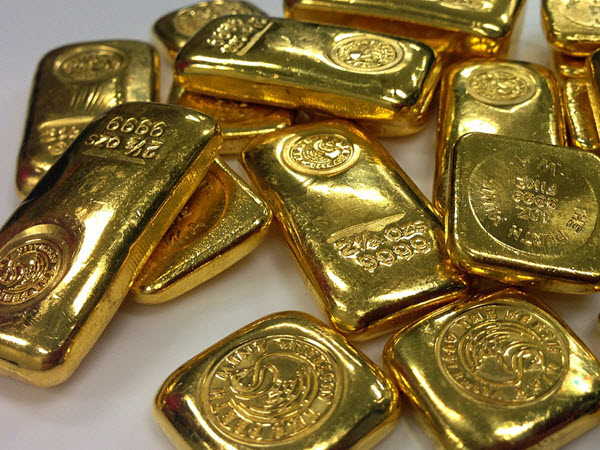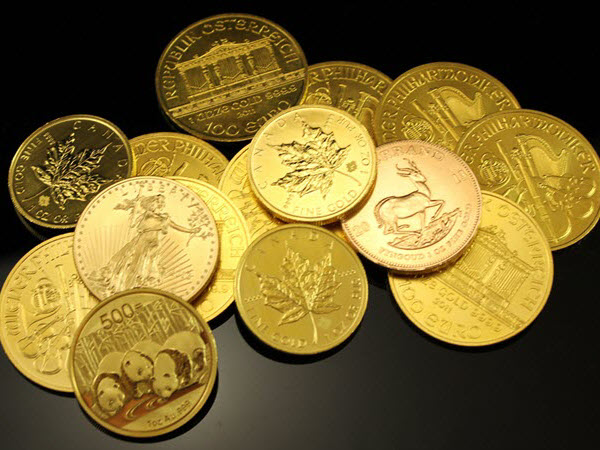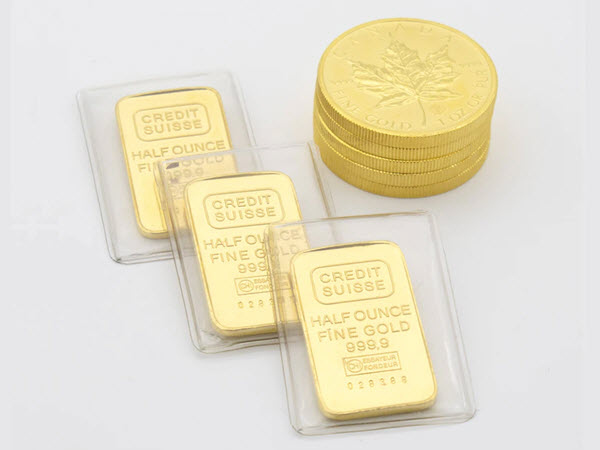
Public domain image by Joseph Hendricks, U.S. Navy
It’s tradition to remind gold investors that summer is the weakest quarter in the year for the metal. Lackluster performances in June, July and August tend to be the norm.
Yet an analysis on Seeking Alpha highlighted why this year, gold’s summer woes could easily end with a tepid June.
Gold often outperforms even during its worst quarter
As the analysis notes, it’s not unheard-of for gold to outperform during its worst quarter. That’s precisely what happened two years ago, as the metal moved to post a then-all-time-high of $2,070 in August.
While the analysis cites stock market panic as the primary reason, the truth is that broad uncertainty was by and large the real driver.
Let’s not forget that, traditionally, all financial markets are more thinly-traded in the summer. Wall Street flees the concrete canyons of Manhattan to sip single-malt Scotch in the Hamptons, or relocate to their summer homes on Nantucket and play sailboat on their yachts.
Financial markets don’t slow down, not exactly, but overall, volume tends to decline. Volatility, too, tends to be lower during the summer months (here’s a 20-year retrospective). Although there’s no obvious and pleasing pattern in the chart, volatility peaks tend to happen less often when so many traders are away from their desks.
Overall, volatility and gold’s price tend to be negatively correlated, albeit weakly. You’d expect a stronger negative correlation, wouldn’t you? Keep in mind, though, that old Wall Street saying, “In times of crisis, all correlations go to 1.”
So how’s this summer shaping up? Another snoozefest for gold?
It probably depends on inflation reports…
Are we one inflation update away from a new gold all-time high?
Today’s economic environment seems even more bullish for gold. May’s 8.6% CPI year-on-year increase marked the third consecutive month of what’s shaping up to be an inflation superspike. May’s report affirmed that, so far, there haven’t been any improvements. Rather the opposite.
Remember, the last two inflation superspikes both happened during the 1970s, during the stagflation episode. Gold’s price tripled during the first bout, and quadrupled during the fourth.
The theme of inflation forcing the Federal Reserve to tighten monetary policy, and a subsequent train wreck in the stock market? That happened in the 1970s, too. So what’s different this time?
For starters, the benchmark interest rate back then was 13% compared to 1-and-a-fraction percent as it stands today. With that in mind, thinking of bonds as a credible alternative to gold would be outlandish.
The disparity in the rates further places into question what difference the Fed can make to stop inflation – without cranking the Effective Federal Funds Rate into double digits and above. (Just think of the howls we’d hear from Wall Street if that happened…)
The analysis points out that the current inflationary superspike isn’t likely to end until the dollar supply is normalized. In other words, you can’t inflate the money supply by 40% (this isn’t a joke, look at the chart) without expecting these kinds of consequences!
The Fed is trying to do this with tightening, but it’s already caused a recession in the U.S. and other nations, also playing catch-up, seem determined to do the same. From Australia to South Korea, Canada to the Euro zone, a global downturn seems nigh inevitable. (Many are already calling out Fed officials and saying that they’ll have to revert to an easy-money policy sooner rather than later – before even raising interest rates above 2%!).
Say the Fed does blink in the face of a stagnating economy – what prospect will be left besides hyperinflation? Recent polls showed that inflation is at the forefront of Americans’ minds and consumer confidence is low. It’s not clear what could bring a change of hearts.
All of this indicates a heightened demand for gold this summer. Wall Street may check out for the summer. Big traders may not be at their desks. But we seriously doubt that the average American family will be quite so complacent. With dollars buying less and less food and fuel month after month, we fully expect to see a broad-based surge of interest in gold as the inflation-resistant investment par excellence.
Don’t be surprised if the lowest days of gold’s price are behind us. We don’t expect this to be a quiet summer for the gold market.









